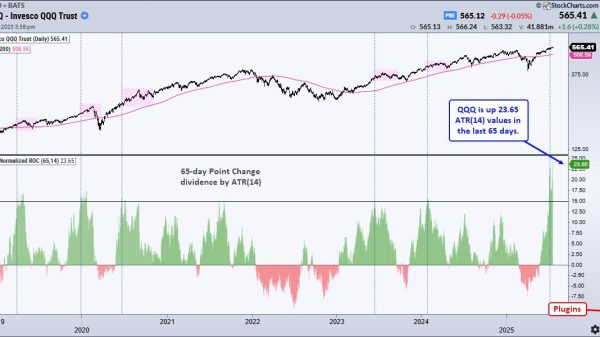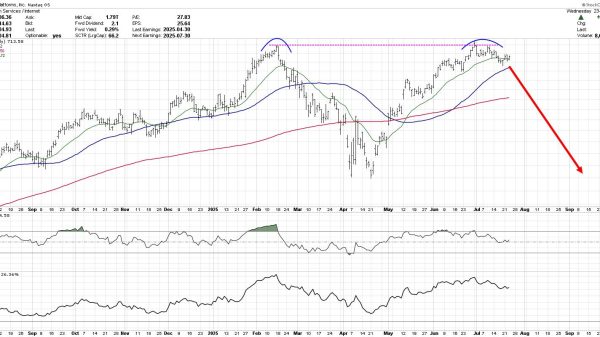Fixed charge coverage ratio – definition and application
Key Takeaways:
The Fixed-Charge Coverage Ratio (FCCR) assesses a company’s ability to handle fixed financial obligations, such as rent, utilities, debt repayment, and lease payments. A higher FCCR indicates a company’s capability to comfortably cover these fixed expenses, reducing financial strain and risk. Lenders often consider the FCCR when evaluating a company’s creditworthiness, with a desirable ratio typically being at least 1.2, ensuring a buffer beyond minimum requirements. Companies that swiftly cover fixed charges are generally more efficient and profitable, indicating a focus on growth rather than financial survival.If you’re one of those enthusiasts eager to know more about fixed charge coverage ratio – search no more! We’re here to help you fully understand what this measurement is all about and how it can assist you in improving your results in this industry.
The fixed-charge coverage ratio (FCCR) checks if a company can pay its bills on time. It looks at loan payments, interest, and rent for equipment.
The company’s earnings are enough to handle these expenses if the ratio is good. Banks use it to decide if they should loan money to a company. However, what’s its formula, and how crucial can it be for your company and business?
Let’s get more information about it, shall we?
What is the Fixed Charge Coverage Ratio exactly?
As mentioned above, FCCR represents a unique way a certain company pays its bills. The fixed-charge in general, is a specific financial metric that evaluates a company’s ability to manage its fixed expenses.
These expenses include:
Rent Utilities Debt repayment Lease payments, using its current cash flow.This ratio considers fixed charges before tax, interest, and taxes (EBIT), and lenders must assess a company’s creditworthiness.
Once the FCCR ratio is high, the company can comfortably cover these fixed charges without financial strain.
How to Calculate FCCR?
To calculate FCCR, the best is to use the following formula:
FCCR = (EBIT + FCBT) / (FCBT + i)
Where: FCCR = Fixed-Charge Coverage Ratio EBIT = Earnings Before Interest and Taxes FCBT = Fixed Charges Before Tax i = Interest
What to note with FCCR calculation?
To evaluate a company’s ability to meet its fixed financial obligations, we commence with the Earnings Before Interest and Taxes (EBIT) figure extracted from the financial statement.
We then incorporate interest expenses, lease expenses, and any other fixed charges into the FCCR calculation.
Subsequently, we divide this adjusted EBIT by the combined sum of fixed charges and interest, considering the interest rate as a component.
For instance, if the resulting ratio is 1.5, the company can cover its fixed charges and interest 1.5 times over its earnings, demonstrating its capacity to meet its financial commitments.
Exploring the Fixed-Charge Coverage Ratio – Example of it
The fixed-charge coverage ratio assesses how well earnings manage fixed costs, including lease payments. It’s similar to the TIE ratio but incorporates additional fixed expenses.
In this example, Company B has an EBIT of $400,000, lease payments of $150,000, and $60,000 in interest costs. The calculation is straightforward: add $400,000 and $150,000, then divide by $60,000 plus $150,000, resulting in a fixed-charge coverage ratio of approximately 2.62x.
This ratio indicates the company’s ability to handle fixed costs; a higher value is better, reflecting a stronger financial position and reduced risk.
What is a good fixed charge coverage ratio?
As you’ve learned from the information above, the Fixed-Charge Coverage Ratio (FCCR) provides insights into a company’s capacity to meet its fixed financial obligations.
An FCCR of 1 indicates that the company’s earnings prior interest and taxes are just enough to cover these obligations. In contrast, an FCCR of 2 suggests the company could cover these costs twice.
The optimal FCCR can vary depending on the industry, but a ratio of at least 1.2 is considered desirable for many lenders. This threshold ensures a buffer beyond the minimum requirement, reducing the risk for lenders and indicating a more financially stable and reliable borrower.
What Insights Does the Fixed-Charge Coverage Ratio Offer?
The fixed-charge ratio measures a company’s capacity to cover its fixed payment obligations. Lenders use this metric to assess whether a company can meet these commitments, thereby gauging its financial stability and repayment reliability.
A lower ratio suggests potential difficulties in meeting fixed charges, posing a higher risk for lenders.
To mitigate this risk, lenders employ various coverage ratios, including the Fixed-Charge Coverage Ratio, to gauge a company’s necessity to take on additional debt and manage it efficiently.
Benefits of Swift Fixed-Charge Coverage
Companies that can swiftly cover their fixed charges compared to their peers are efficient and more profitable, indicating a desire to borrow for growth rather than financial survival.
The company’s income statement reflects its sales and related costs, distinguishing between variable costs linked to sales volume and unchanging fixed costs that persist regardless of business activity.
These fixed costs include equipment lease payments, insurance premiums, existing debt instalments, and preferred dividend disbursements.
The main drawbacks of FCCR – Explained.
The Fixed-Charge Coverage Ratio (FCCR) has drawbacks. It doesn’t factor in rapid capital changes in growing firms and ignores money taken out as owner’s draws or dividends.
For a more accurate financial picture, banks assess multiple metrics alongside FCCR when evaluating loan applications.
Bottom line
Although the Fixed-Charge Coverage Ratio provides valuable insights into an organization’s financial stability and capacity to meet fixed obligations, it has limitations.
Specifically, it does not consider sudden capital fluctuations or withdrawals in the form of owner’s draws or dividends.
Therefore, banks use multiple metrics to assess loan applications accurately, ensuring a comprehensive view of a company’s financial health.
The post Fixed charge coverage ratio – definition and application appeared first on FinanceBrokerage.






















